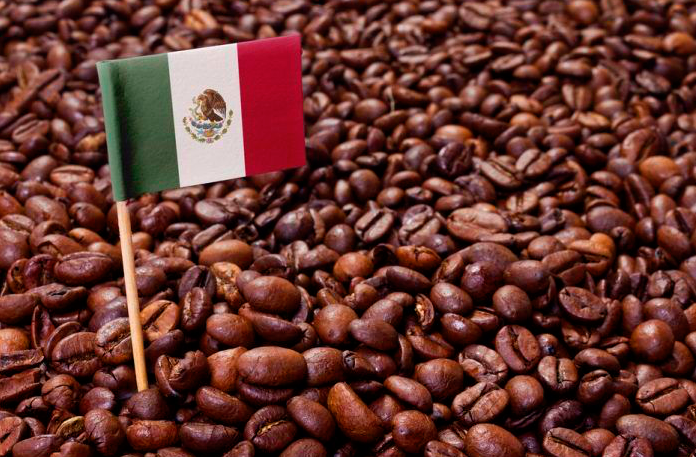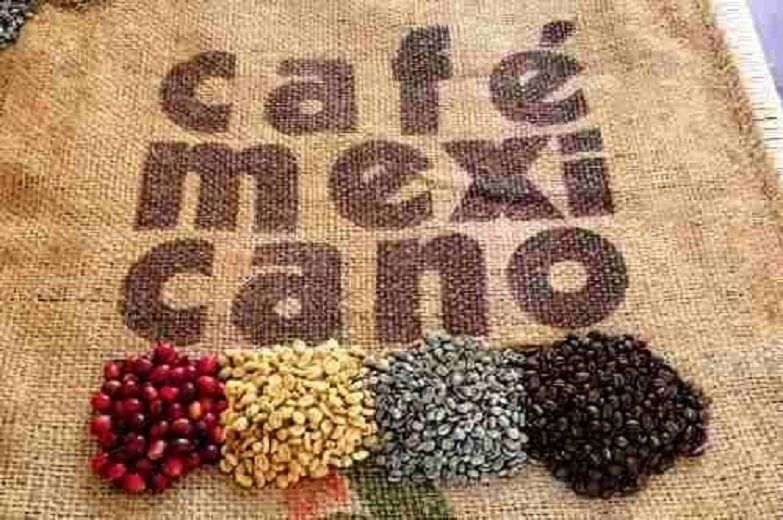History of Coffee
Coffee arrived in Mexico more than 200 years ago, entering through Veracruz from Cuba. During the Porfiriato, coffee growing grew significantly on large, specialized farms, later becoming an activity for small producers, mostly of indigenous origin. Today, Mexico ranks ninth in green coffee production, contributing 3% of the world's volume with 1,287,643 tons. Around 500,000 producers participate in this process, planting 761,000 hectares of land, located in 12 states across the country. Ninety-seven percent of the coffee produced in our country is produced under the shade of trees, thus respecting the environmental balance and protecting many plant and animal varieties.
Varieties grown in Mexico In Mexico, the main coffee varieties grown are Arabica, and to a lesser extent Robusta, which is aimed almost exclusively at the instant coffee sector. Currently, there are around 120 varieties of Arabica coffee, but the following are the most important: CRIOLLO: Also known as Typica. A descendant of the original African variety, it is the one that best adapted to the Mexican terrain, and fortunately, it is one of the best varieties. A tall coffee tree that gives an excellent flavor in the cup. It has a low production, not very resistant to strong winds, and is best harvested under shade. BOURBÓN: A highly prized variety for being more resistant to winds, adaptable to any altitude, and producing more coffee than Criolla. Its highest production comes from Chiapas, where it was brought from Guatemala. CATURRA: A coffee tree probably obtained by a mutation that occurred in Bourbon plants. It offers good yields under suitable management and agro-ecological conditions. Pleasant flavor, slightly inferior in quality to Criolla. CATIMOR: A cross between Caturra and the Timor hybrid, it is short and resistant to coffee rust. It has a higher and more productive yield. MARAGOGIPE: A tall coffee tree with large, almost elephantine beans. A mutation of the Typica or Criolla bean. It has low and irregular yields and is very sensitive to drought. MUNDO NOVO: A tall, very vigorous and productive tree native to Brazil. It results from a natural cross between Bourbon and Typica Sumatra. ROBUSTA: Coffee tree that produces a strong-tasting coffee due to its higher caffeine content. Mexico ranks fifth worldwide as a coffee-producing country after Brazil, Colombia, Indonesia and Vietnam, with a production volume that ranges between 4 to 5 million bags per year. The quality of Mexican coffee is incomparable, which is why approximately 80% of the production is exported and enjoyed in more than 52 countries. Let's support the consumption of Mexican coffee, apart from being delicious, it is one of the best in the world!





